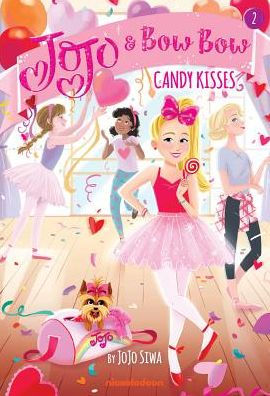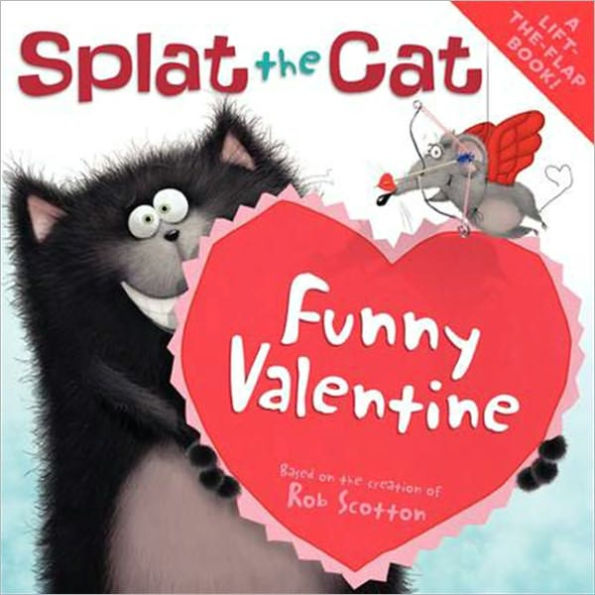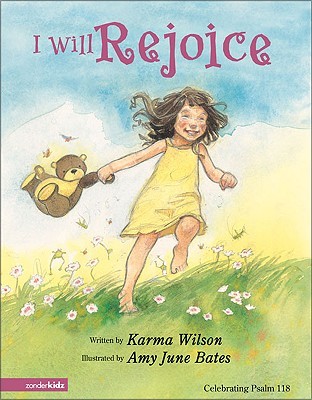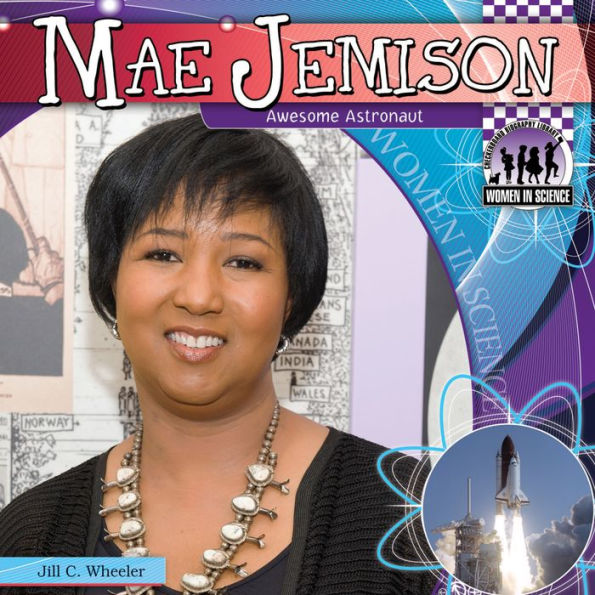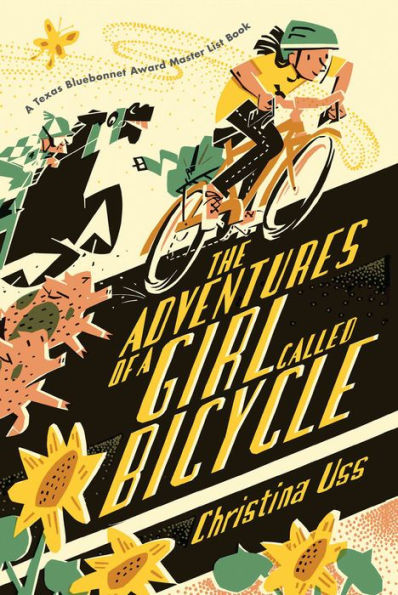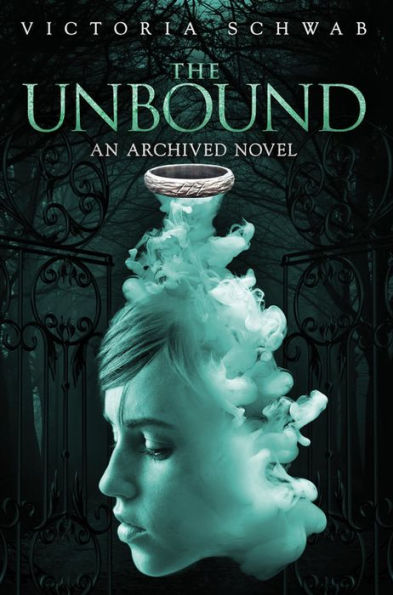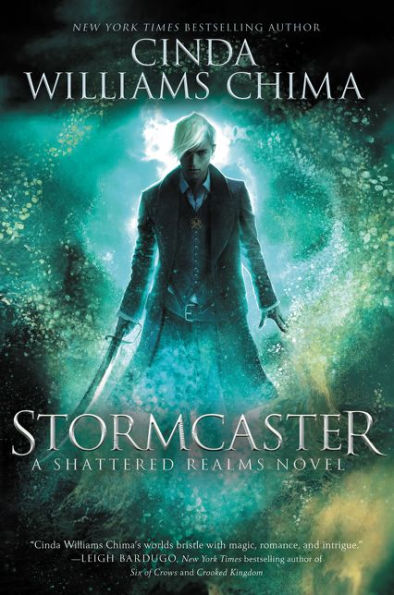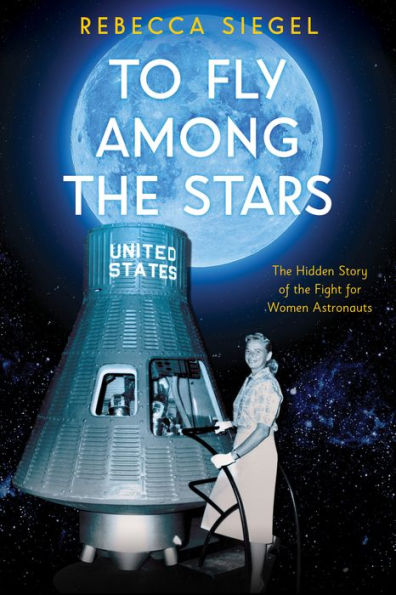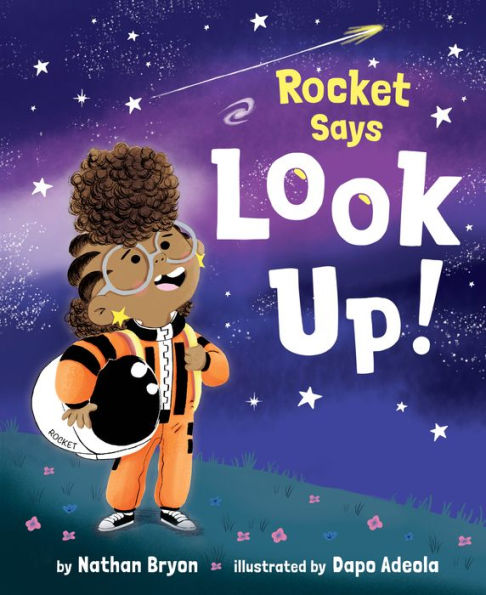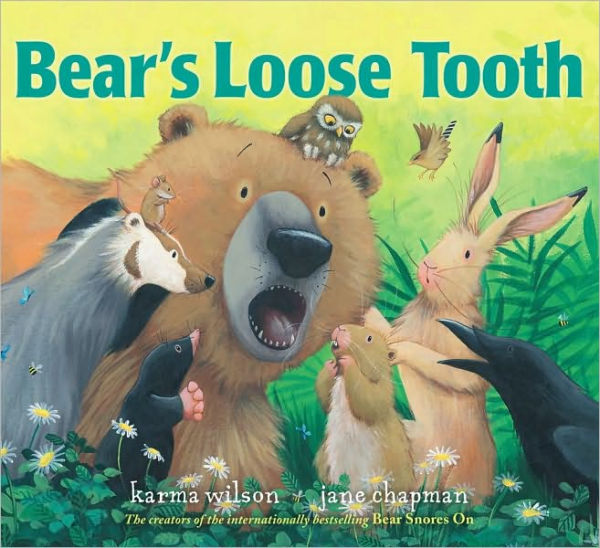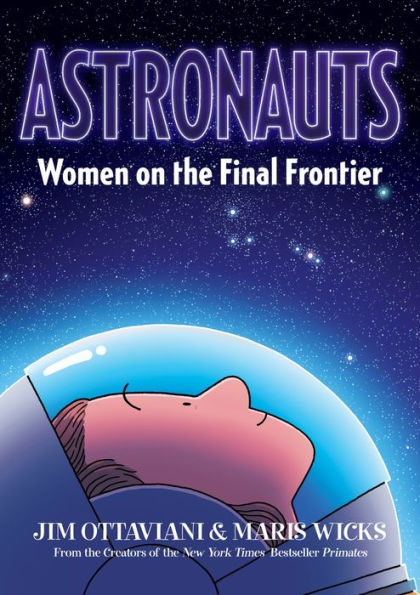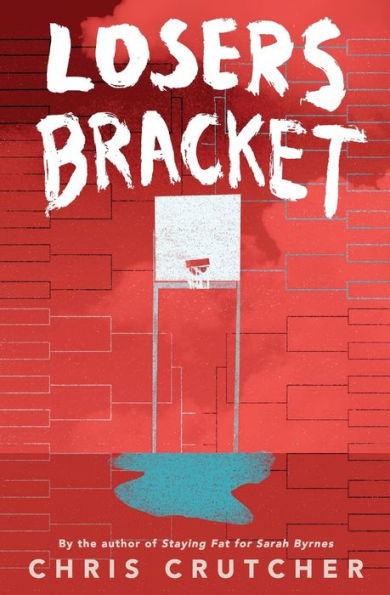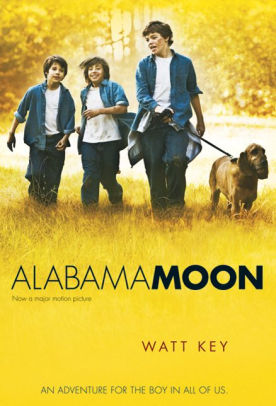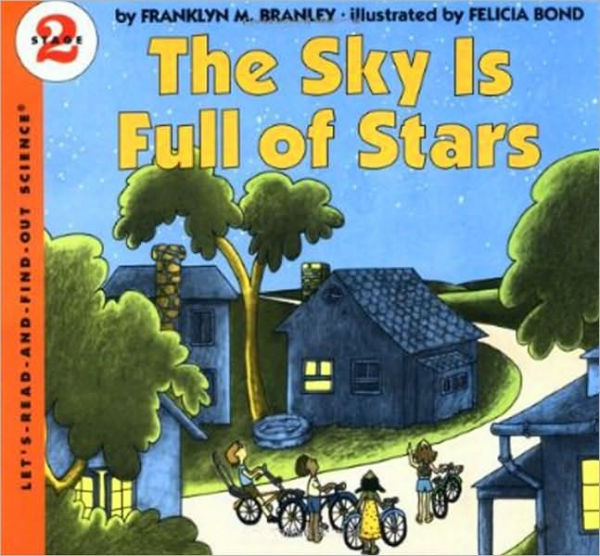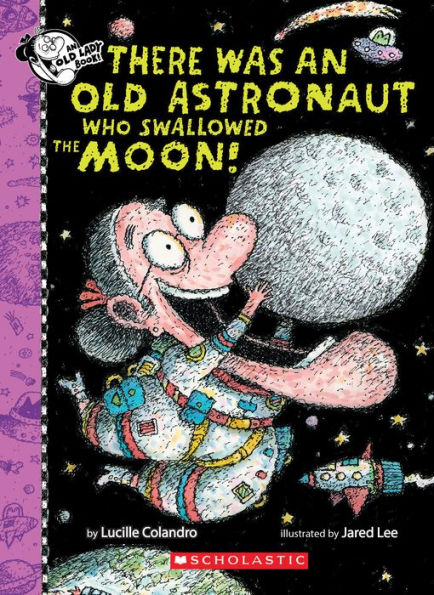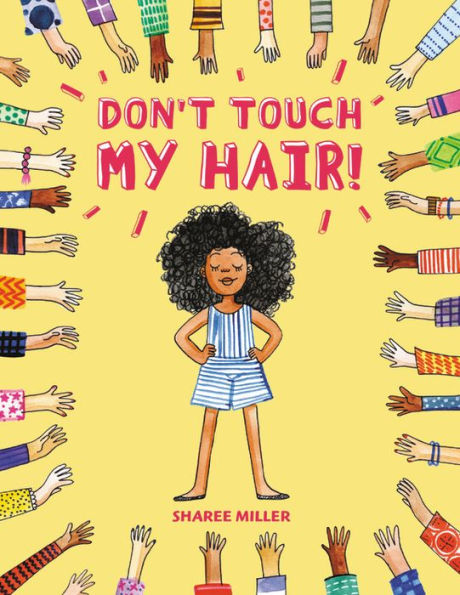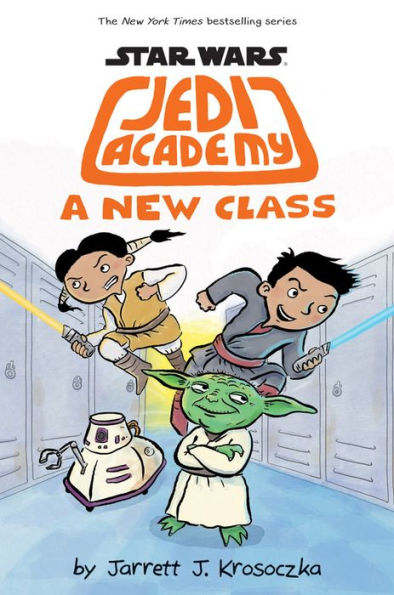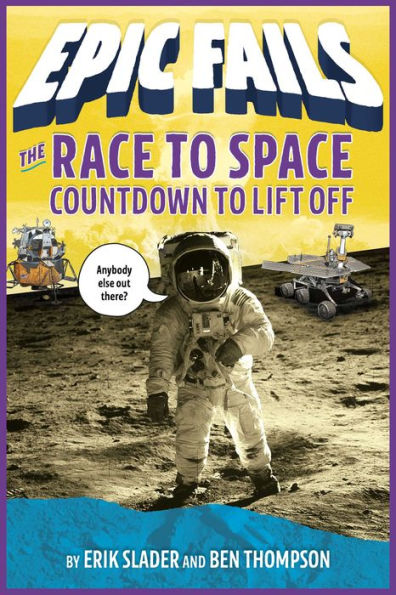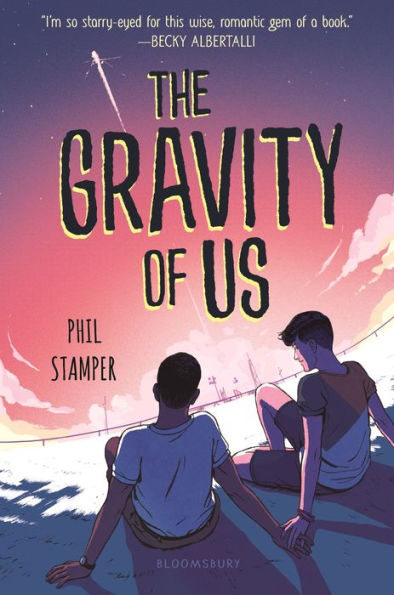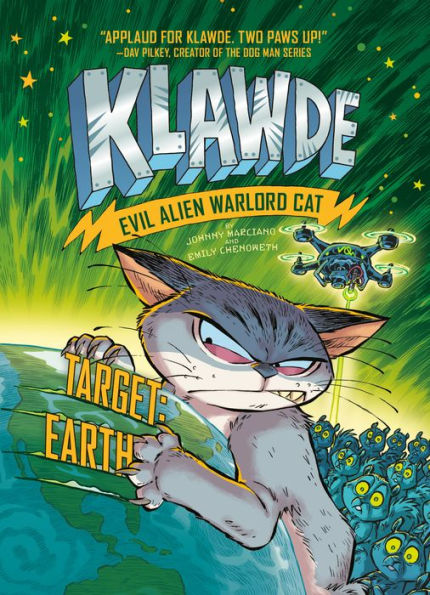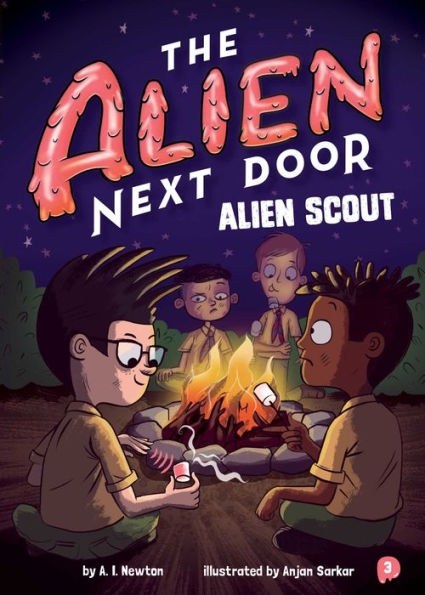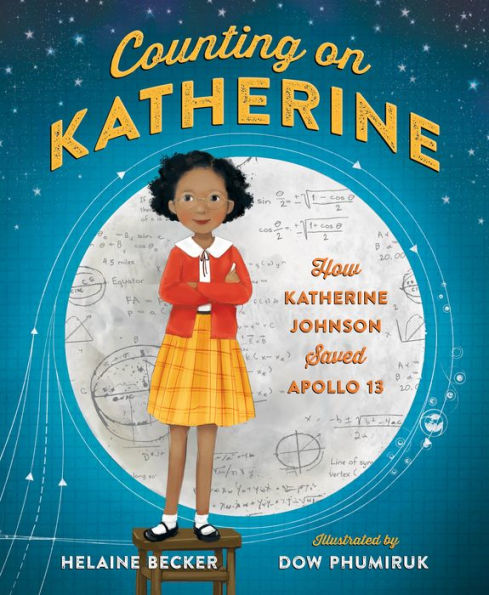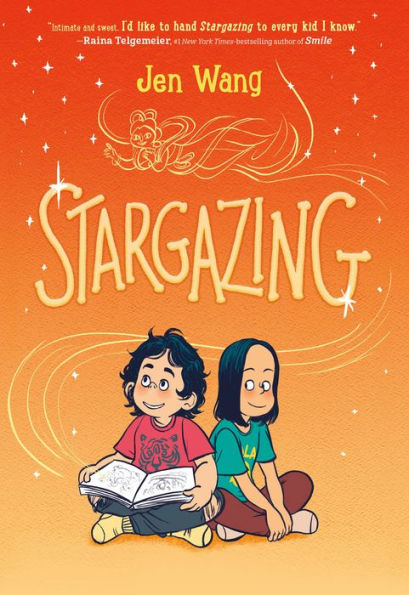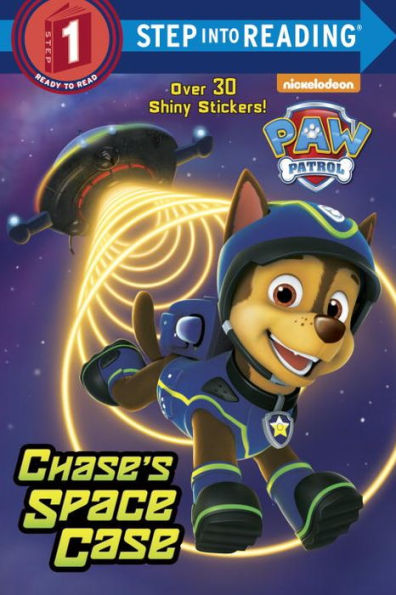There’s no holiday like Valentine’s Day according to JoJo Siwa—candy hearts and frilly tutus are two of her favorite things! This year she’s hosting a Valentine-themed sleepover with BowBow and her friends. (Party time!!!) Best of all, JoJo has a new dance workshop to look forward to, with a big performance at the end. When the news breaks that only one dancer will get to shine in a solo, the snarky Queen Bs—Bree, Bahi, and Bell—begin to stir up trouble.
In Candy Kisses, JoJo continues her message of being kind. Unfortunately, JoJo’s sweetness and over-confidence don’t ring true. Most of the story focuses on a dance workshop that JoJo is taking. All of the dancers are older than JoJo and some of them dance professionally. Despite this, JoJo has no problem learning the dance moves and some of the other dancers are awed by JoJo’s dancing skills and fame.
When Bell begins talking badly about the others, the dance instructor and the other dancers don’t know how to address the problem. Despite this, JoJo comes up with a creative way to get Bell to stop bullying. JoJo “doesn’t believe in excluding anyone” and encourages others to believe in themselves. The unrealistic conclusion has all of the girls becoming friends. However, JoJo’s constant self-praise overshadows the story’s positive lessons.
While Candy Kisses is intended for girls six or older, the vocabulary will be difficult for younger readers. Readers who enjoy illustrated chapter books will find the text-heavy pages of Candy Kisses a little overwhelming. Each chapter starts with a cute black and white illustration, but they are the only pictures that appear in the book. Another negative aspect of the story is that BowBow rarely appears, even though he is on the cover of the book.
Instead of being an imperfect person who makes mistakes, JoJo is portrayed as a perfect person who has a solution for every situation. The self-promoting narration makes Candy Kisses difficult to enjoy. Even though JoJo is a dancer, singer, actress, and YouTube personality, parents and some readers will be annoyed by her lack of humility. The JoJo and BowBow Series is one that is best left on the library shelf. If you’re looking for an illustrated series that promotes friendship, add the Purrmaids Series by Sudipta Bardhan-Quallen to your reading list. Older readers who want an action-packed animal story should read the Wild Rescuers Series by Stacy Plays.
Sexual Content
- None
Violence
- None
Drugs and Alcohol
- None
Language
- None
Supernatural
- None
Spiritual Content
- None
